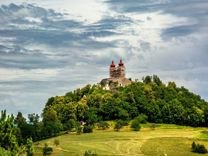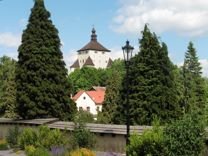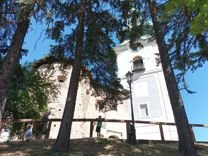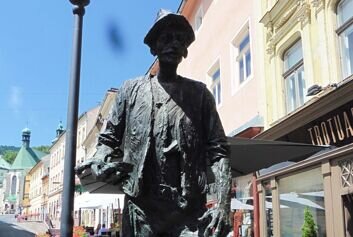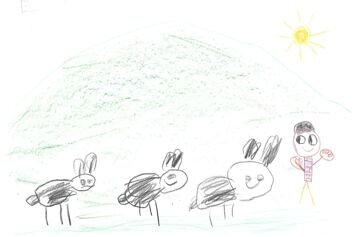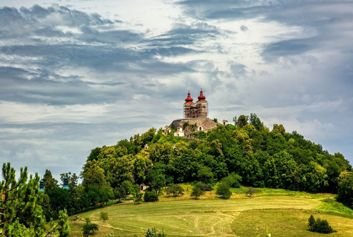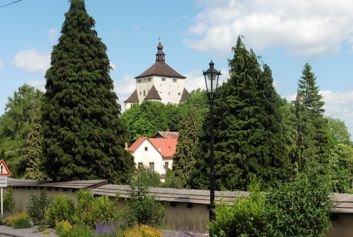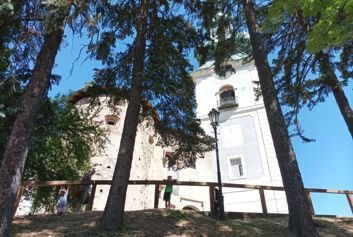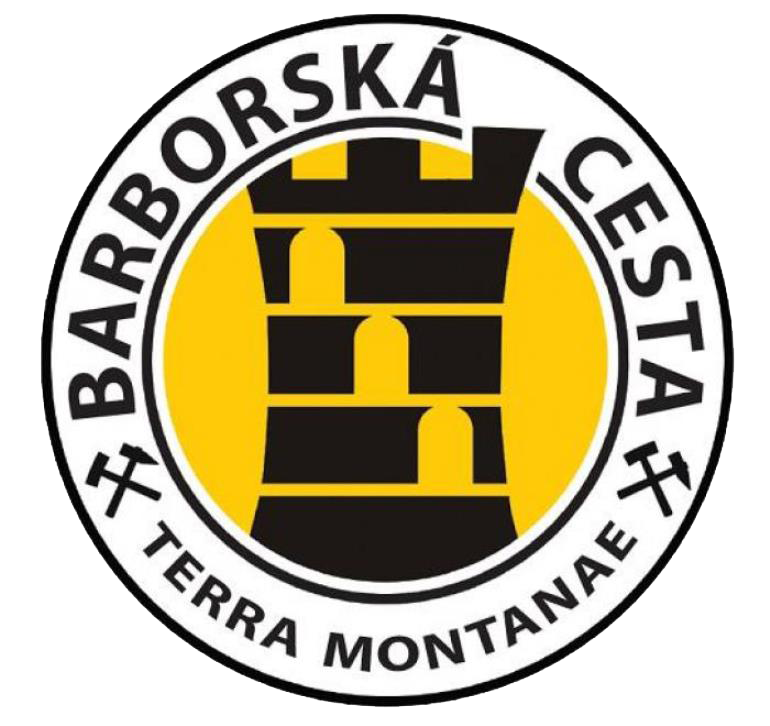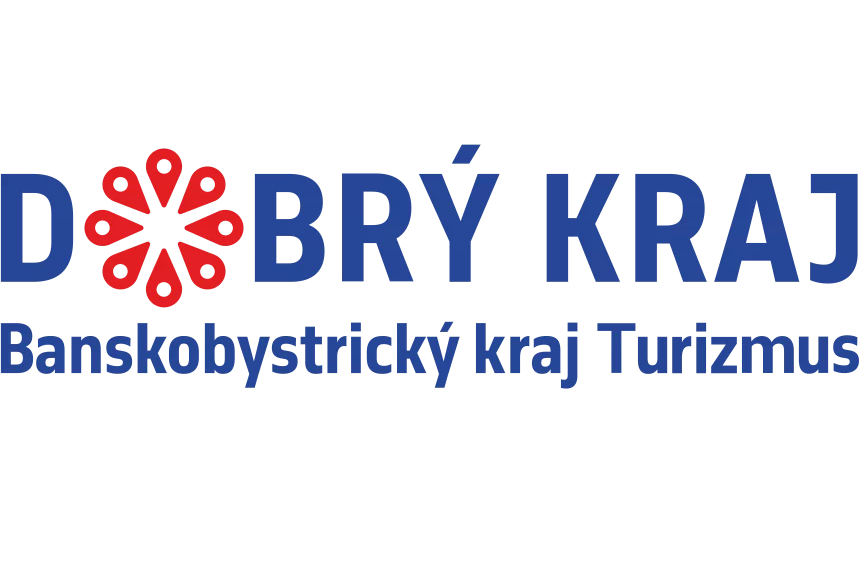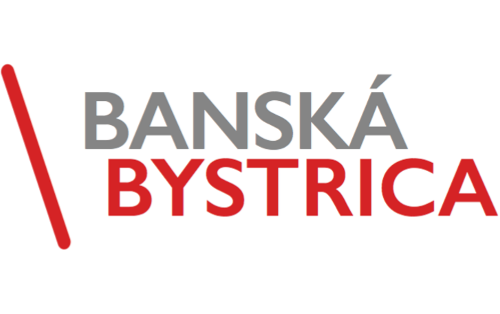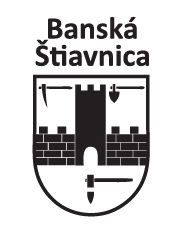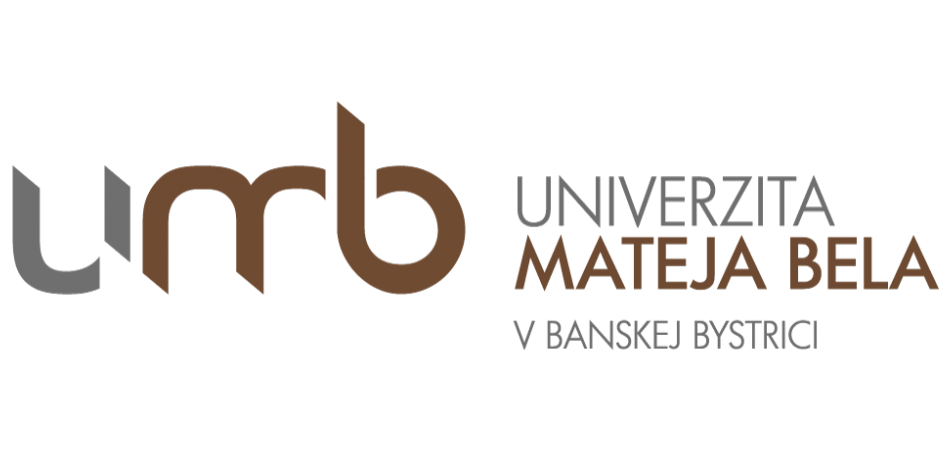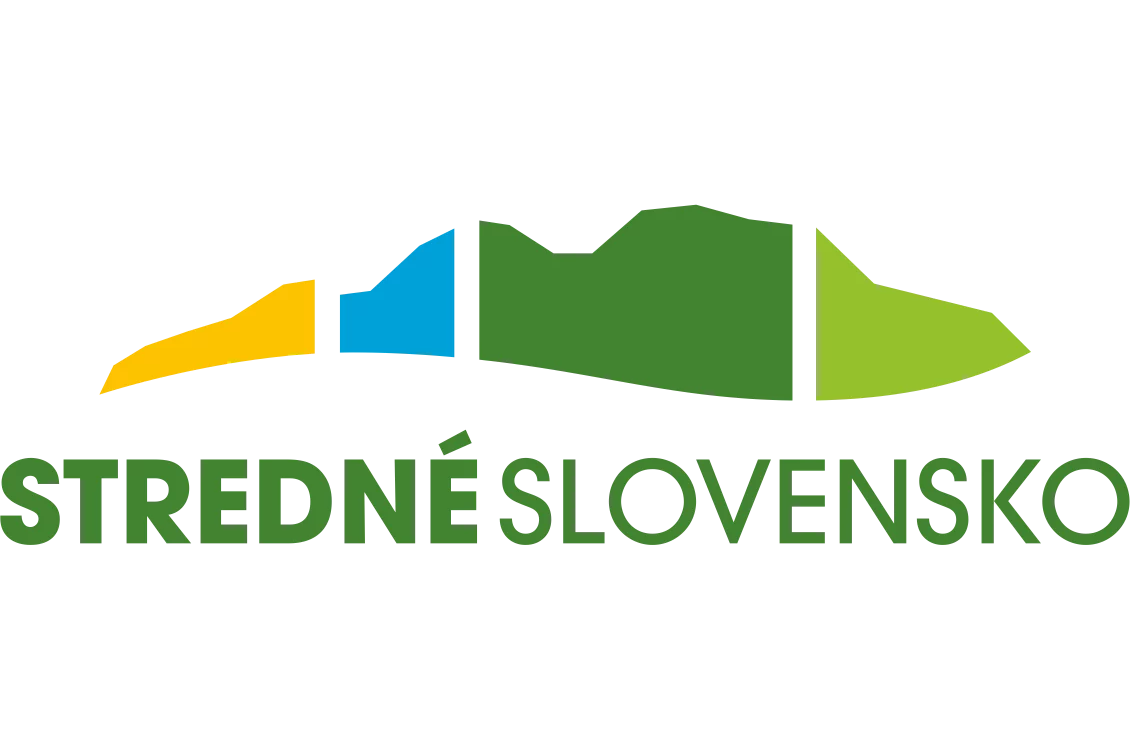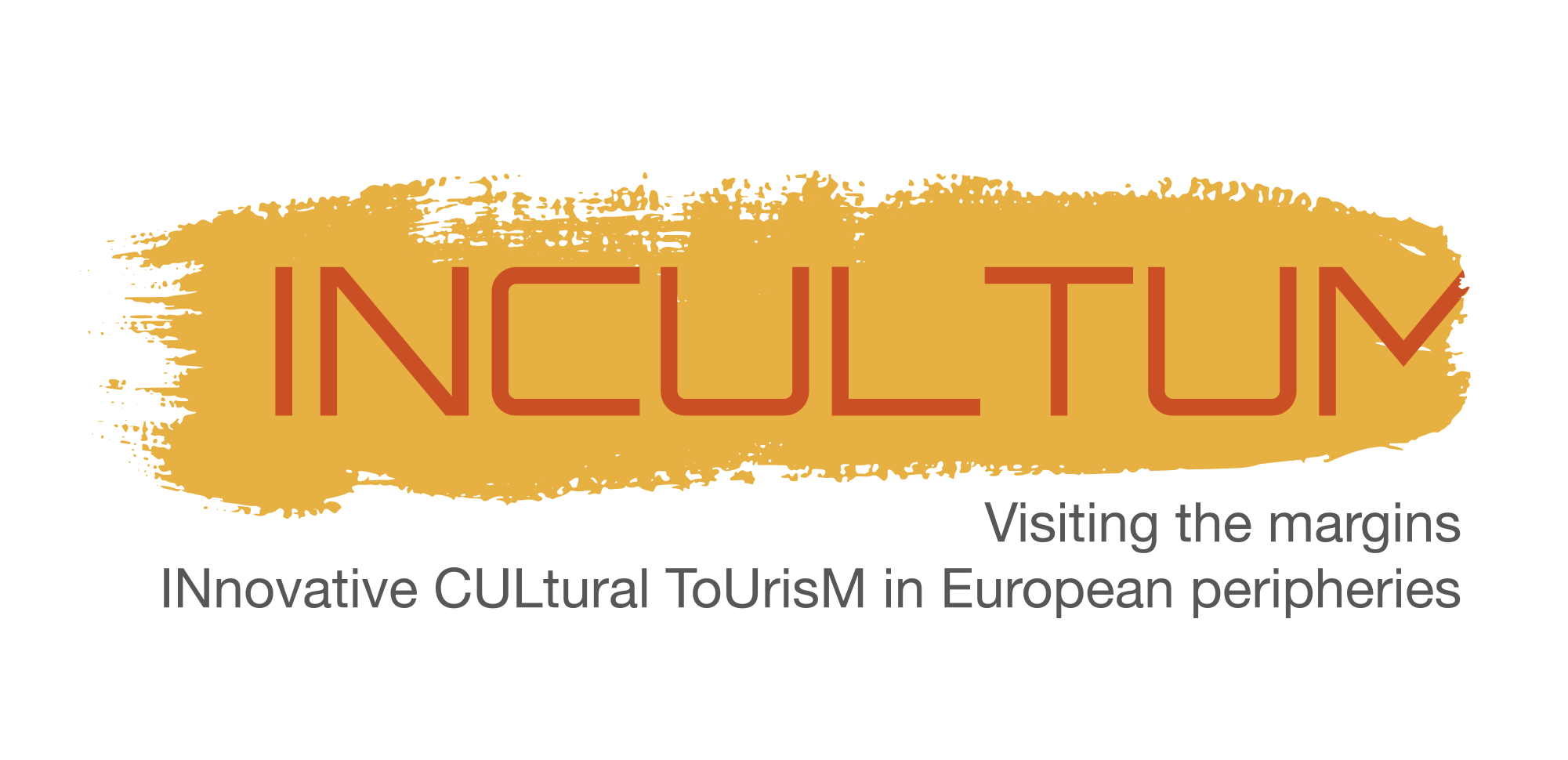Banská Štiavnica
Banská Štiavnica is located in the southern part of Central Slovakia in the Štiavnické mountains Protected Landscape Area (Slovak Central Highlands). The former mining town of Banská Štiavnica is one of the most beautiful and historically interesting places in Slovakia.
The mining of precious metals in the central part of Štiavnické mountains has a very long history. Already in a document from 1156, this area is mentioned as terra banensium, that is, the land of miners. Among the mined minerals, silver ore prevailed, which is why Banská Štiavnica was also referred to as the "silver city". In the 18th century, Banská Štiavnica became the largest mining center for precious metals in the Habsburg monarchy. Between 1790 and 1863, the generous land under Štiavnické mountains produced 490 tons of silver and 11 tons of gold. Gradually, mining education and science were also concentrated here. In 1735, the oldest Hungarian mining school was founded here, which in 1762 was upgraded to the Mining Academy – the first university of its kind in the world. In 1846, it merged with the Forestry Academy founded in 1808. The city returned to its former glory and prosperity, and at the end of the 18th century, Banská Štiavnica was the third largest city in Hungary with 23,000 inhabitants. At the end of the 19th century, the development of the city stagnated and the mining activity began to decline. This development continued in the 20th century. The last mine in Banská Štiavnica was closed in 2001.
The monuments in the historic center of the town are part of the city's historic reserve included in the UNESCO World Heritage List. There are 360 historical buildings in the Banská Štiavnica town monument reserve. They create a unique set of high cultural and historical value, which is also set in the beautiful mountain environment of the Štiavnické mountains. The main landmark of the city center is the Old Castle located west of Trojičné Square. The oldest object in the castle is the former parish church. Together with the neighboring church, it was built in the 13th century as a three-nave Romanesque basilica. Today, the Old Castle serves as a museum. Among other interesting exhibits are pipes and targets. The New Castle has stood on the opposite hill since 1571, which is also used for museum purposes. It has an exposition of anti-Turkish battles and provides a beautiful view of the city. Most monuments in Banská Štiavnica are concentrated in the area between Trojičné and Town Hall Squares. Both squares are separated by the Gothic Church of St. Catharine from the end of the 15th century and the town hall building with a slender clock tower. In the middle of Trojičné Square, surrounded by ancient town and public buildings, stands the beautiful Trinity Column. The largest building in Trinity Square is the Hellenbach house, which originally served the Mining court and later belonged to the Mining and Forestry academy. Another large public building is located on Kammerhofská Street. It is the building of the Chamber Court (the so-called Kammerhof), which was created in 1550 by the structural unification of several Gothic houses. Today it is the main building of the Slovak Mining Museum. Its most attractive exhibition is the open-air Mining Museum with the possibility of digging underground. The Baroque Calvary of Banská Štiavnica is not to be missed - 23 buildings located in the beautiful nature of the Štiavnice Mountains.
Currently, Banská Štiavnica with 9,474 (2022) inhabitants is the economic, administrative and cultural center of the region and the district town.
Source: Town of Banská Štiavnica - https://www.banskastiavnica.sk/mesto/svetove-dedicstvo/

